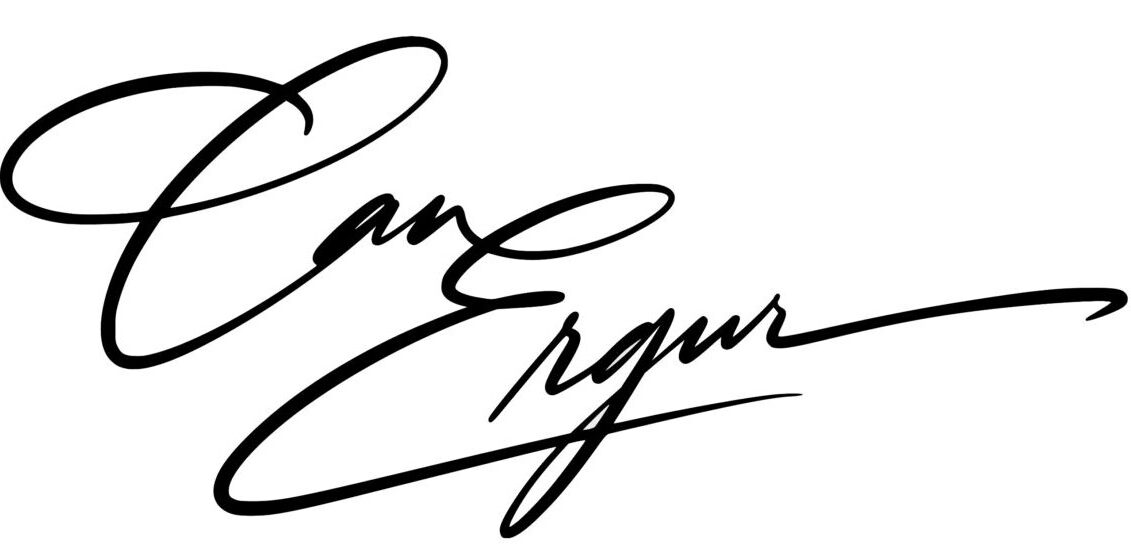1) Introduction to CRMA
The EU is heavily dependent on critical raw materials from a number of third countries. To give a few notable examples:
- 63% of the world’s cobalt used in batteries is extracted in the Democratic Republic of Congo,
- 97% of the EU’s magnesium supply is sourced from China,
- 100% if the rare earths used for permanent magnets globally are refined in China,
- South Africa provides 71% of the EU’s needs for platinum group metals,
- Turkey provides 98% of the EU’s supply of borate.
In order to maintain the EU’s strategic autonomy in a fast-changing geopolitical environment, the Critical Raw Materials Act (EU Regulation no. 2024/1252 dated 11 April 2024) (the “CRMA” or the “Act”) has been enacted. The Act has entered into force on 23 May 2024.
Critical raw materials are indispensable for the EU’s economy, especially for certain strategic sectors such as electronics, aerospace and defense. The Act creates the conditions to ensure EU’s access to a secure and sustainable supply of critical raw materials.
2) Materials Within the Scope of CRMA
Critical raw materials are materials which are considered important for the whole European economy and face a high risk of supply disruption. The Act provides the names of these materials under two lists. Under Annex-1 the Act lists 17 strategic raw materials, and the Annex-2 the Act lists 34 critical raw materials. There are several raw materials which fall into the scope of both lists, notably aluminum, copper, lithium, magnesium, nickel, cobalt and rare earth elements.
The Act contains measures such as monitoring the sustainability of all critical raw materials, increasing domestic capacities and establishing strategic projects and partnerships.
Some of the notable raw materials that fall into the scope of both Annex-1 and Annex-2 are aluminum, copper, lithium, magnesium, nickel, cobalt and rare earth elements

3) Pillars of the CRMA
The Act lays the ground for four major pillars:
- Pillar #1: Priorities are defined, and clear objects are set in terms of strengthening the EU’s critical raw materials supply chain.
- Pillar #2: The Act includes measures to improve the circularity and the efficient use of the critical raw materials, boosting the value chains for such materials.
- Pillar #3: The Act sets out actions to improve EU’s preparedness and mitigate supply risks.
- Pillar #4: The Act establishes a “European Critical Raw Materials Board” composed of EU countries and the Commission to advice on and coordinate the implementation of the measures set out in the Act and discuss the EU’s strategic partnerships with third countries.
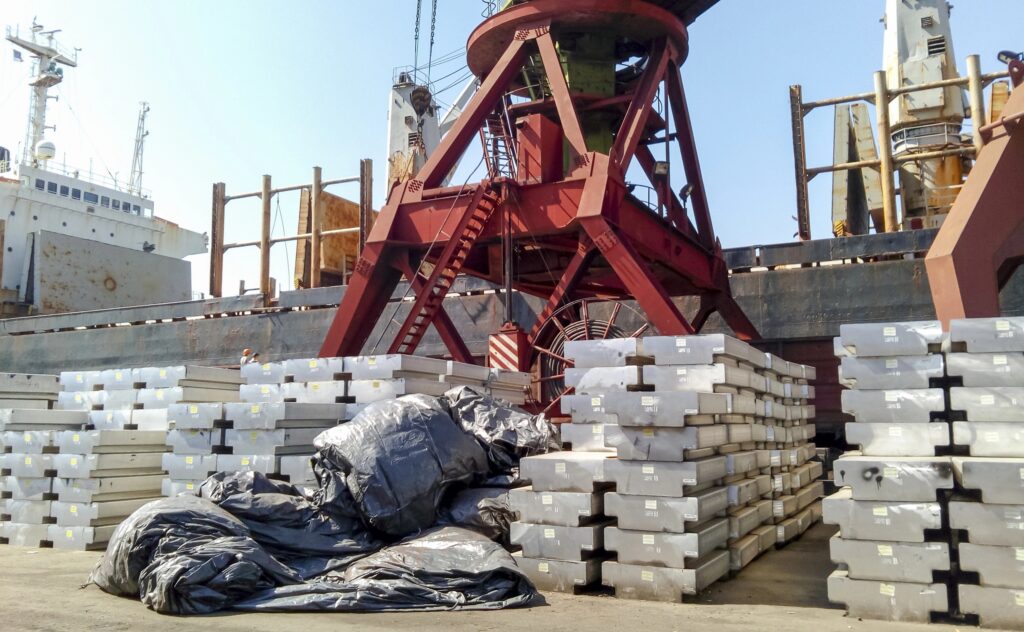
4) Role of the Board
The Critical Raw Materials Board (the “Board”) is created to advice the Commission and to facilitate EU-wide coordination including actions of exploration, monitoring and strategic projects with third countries. The Board is chaired by the European Commission, and it is composed by Member States and the Commission. The first meeting of the Board took place in May 2024.
The first meeting of the Board took place in May 2024!

How the Act will ensure sustainability of raw materials:
- EU members will undertake efforts to incentivize resource efficiency in order to moderate the consumption of critical raw materials.
- EU members will take measures to improve the collection of critical raw materials-rich waste and ensuring its recycling.
- The Act will oblige current mining operations to assess the possibility for recovery from underutilized mining sites and gather information on the critical raw materials content stored on those sites.
- The Act also contains provisions to establish circularity requirements for permanent magnets which contain rare earths and for whom the EU is fully dependent on third countries.
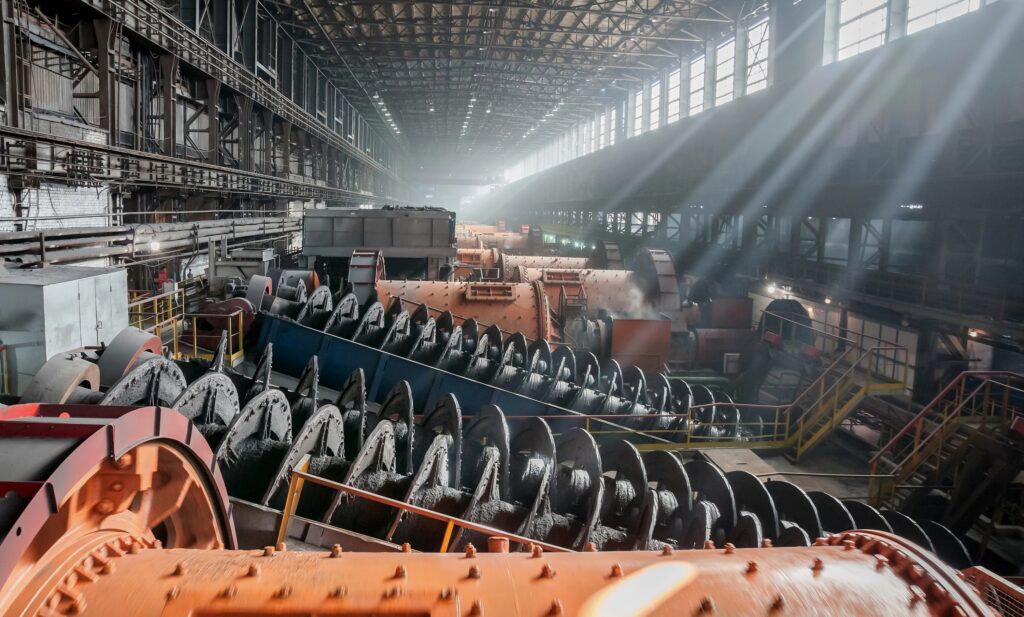
5) Benchmarks
Furthermore, the CRMA sets out a number of benchmark targets to be achieved by 2030. These benchmarks include the following:
- The Union shall extract the ores and minerals needed to produce at least 10% of the Union’s annual consumption of strategic raw materials;
- The Union shall be able to produce at least 40% of the Union’s annual consumption of strategic raw materials;
- The Union’s recycling capacity shall be capable of producing at least 25% of the Union’s annual consumption of strategic raw materials;
- The Union shall diversify its imports of strategic raw materials with a view to ensuring that by 2030, the Union’s annual consumption of each strategic raw material at any relevant stage of processing can rely on imports from several third countries, and that no third country accounts for more than 65% of the Union’s annual consumption of such strategic raw material.

6) Strategic Projects
Another key measure proposed to meet these benchmarks is the establishment of a framework for selecting and implementing the so-called “Strategic Projects” (the “Projects”).
These Projects will be chosen by the Commission based on their contribution to the security of the Union’s supply of strategic raw materials, technical feasibility within a reasonable timeframe, the expected production volume of the project, and the project’s environmental impacts and minimization of socially adverse impacts.
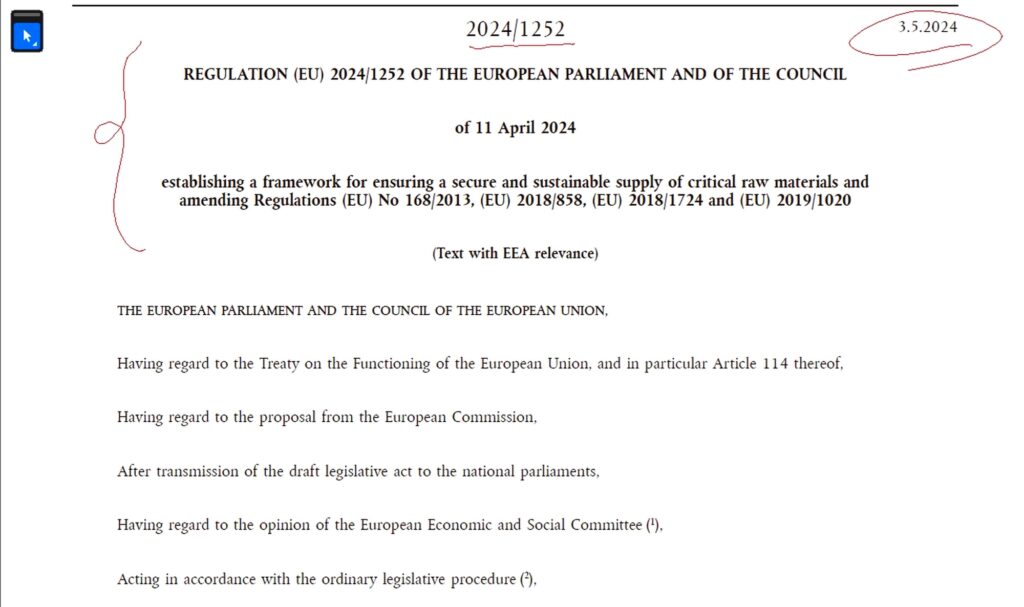
Project promoters ma also benefit from the Strategic Project status for certain projects located outside of the EU. In fact, some potential promoters have already announced their intent to request the status of the Strategic Project.
7) Strategic Partnership
Lastly, strategic partnerships to be concluded with third countries will also help to diversify sources of raw materials supply by further integrating the EU’s raw materials value chains with the material chains of resource-rich third countries.
The Act sets the conditions for the establishment and implementation of future strategic partnerships. The objective of such partnerships will be to seek mutually beneficial partnerships with emerging markets and developing economies. As part of the EU’s Global Gateway strategy, the EU so far has signed partnerships with Argentina, Canada, Chile, the Democratic Republic of the Congo, Kazakhstan, Norway, Ukraine, Uzbekistan and Zambia.
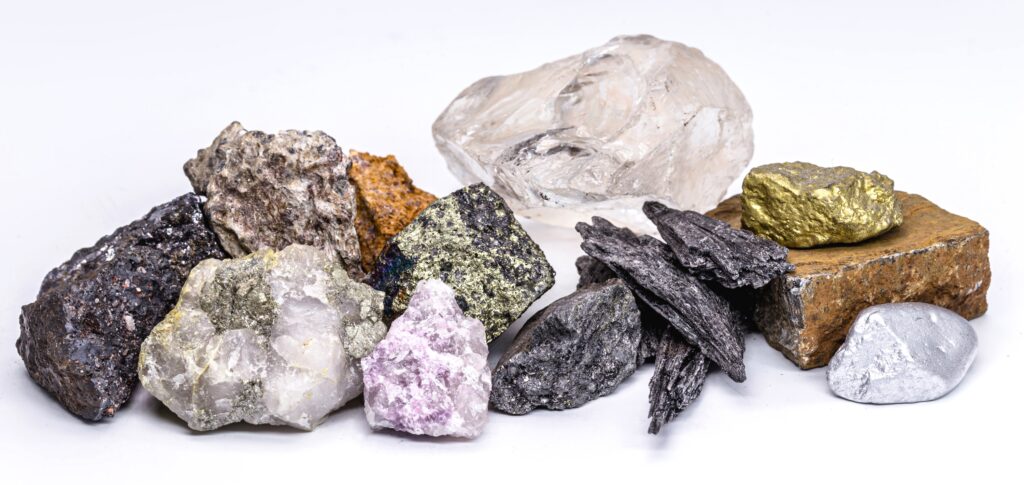
8) Conclusion
To sum up the Critical Raw Materials Act aims to strengthen EU’s critical raw materials capacities throughout all stages of the value chain. It aims to increase the EU’s resilience by reducing dependencies, increasing preparedness and prompting supply chain sustainability. The Act sets forth ambitious benchmarks to be fulfilled by 2030 and it puts together a framework for establishing strategic projects and strategic partnerships. The Act has entered into force on 23 May 2024. As early as November 2026, the Member States will start submitting annual reports notably on their stocks of strategic raw materials. Based on these reports, the Commission will coordinate the maintenance of a safe level of these stocks.
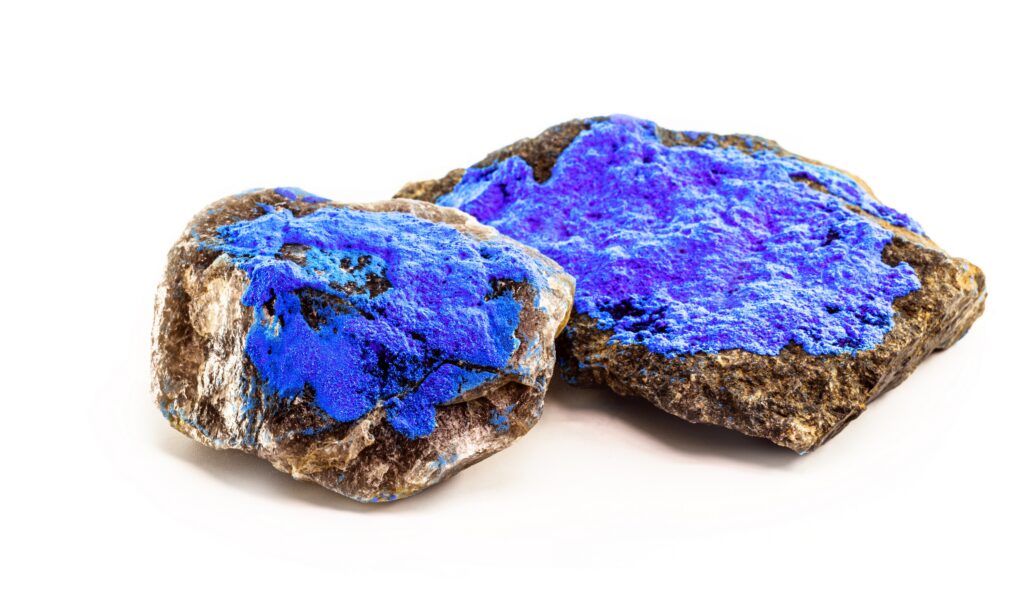
Ali Can Ergür
